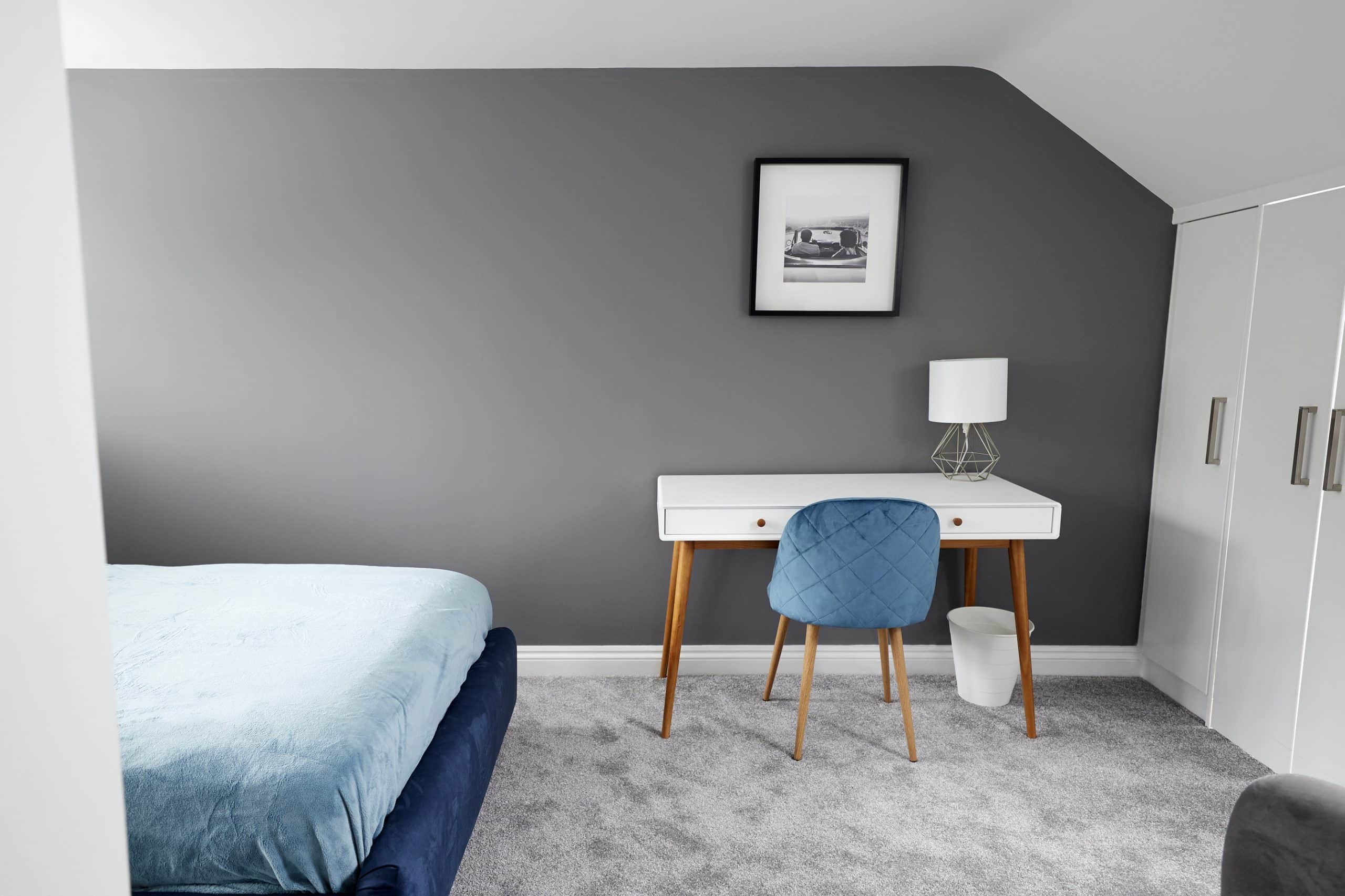What Are the Challenges of Converting Brownstone Buildings into Multi-Family Units in the UK?

The United Kingdom, like any other city with a rich architectural history, is home to a plethora of buildings that tell a story about its past. Among these buildings, brownstone buildings stand out for their charm and old-world allure. However, as cities expand and the demand for housing increases, these buildings are increasingly being converted into multi-family units. This article delves into what the process entails along with the challenges involved.
The Intricacies of Brownstone Buildings
Brownstone buildings, with their characteristic sandstone façade, have been a significant part of the UK’s architectural landscape for centuries. These buildings, often found in bustling city neighbourhoods, carry with them a certain sense of nostalgia and romanticism. They are a testament to the UK’s rich architectural history, and have often been the beloved homes of families for generations.
Sujet a lire : How to Enhance Accessibility in Historical UK Building Renovations?
However, with the growing demand for housing, particularly in cities, these buildings are increasingly being converted into multi-family units. This involves transforming the brownstone buildings into apartments for several families to reside in. While this may sound like a straightforward process, it comes with a myriad of challenges.
Challenges in Converting Brownstone Buildings
The process of converting brownstone buildings into multi-family units isn’t as easy as it may seem. Understandably, there are numerous issues that arise, especially considering the age and unique structure of these buildings.
A découvrir également : What Are the Best Practices for Effective Property Management in High-Density Student Housing?
Firstly, brownstone buildings were originally designed as single-family homes, and as such, they often lack the space necessary for multiple families. This can make the process of creating multiple apartments within the building extremely challenging. Furthermore, these buildings often lack modern amenities that many people have come to expect in their homes. Modernising these buildings while maintaining their original charm and architecture can be a complicated task.
Secondly, there’s the challenge of meeting the strict building codes and regulations. The laws regulating building renovations are stringent, and can pose significant hindrances to the conversion process. In particularly historical areas, there may also be additional guidelines to preserve the integrity of the buildings and the surrounding area.
Unforeseen Costs and Time Constraints
Renovating older buildings such as brownstones can be a costly affair. The costs can quickly add up, from acquiring the necessary permits and ensuring the building meets all the required codes, to hiring architects and contractors. There’s also the cost involved in modernising the building, which may involve installing new electrical and plumbing systems, amongst other things.
Time is another critical factor to consider. A renovation project of this magnitude can easily take months, if not years, to complete. It’s a process that requires meticulous planning and coordination, and even then, unforeseen issues can often lead to delays.
Impact on the Community
Another aspect that is often overlooked is the impact on the community. Brownstone buildings are often deeply rooted in the community, and have often been home to the same family for generations. The conversion of these buildings into multi-family units can result in displacement of these families.
Moreover, the influx of new residents can put a strain on the existing community infrastructure and amenities. Additionally, there’s the increased noise and disturbance during the construction period, which can last for months. This can lead to tension between the developers and the existing community, and requires careful planning and coordination to mitigate.
Conclusion
In summary, while the conversion of brownstone buildings into multi-family units can help meet the growing demand for housing in UK cities, it is a process fraught with challenges. From dealing with space constraints and adhering to strict building codes, to managing unforeseen costs and time delays, and navigating community impact, developers have their work cut out for them. However, with careful planning and coordination, these challenges can be managed to create modern, comfortable homes that retain the charm and character of the original brownstone buildings.
Financial Challenges and Potential Solutions
Turning brownstone buildings into multi-family units is not a cheap venture. The financial implications can be daunting for potential investors. Firstly, the cost of acquiring the property can run into millions depending on the location. Secondly, the renovation work itself can be expensive. It is not uncommon for such projects to encounter additional costs as the work progresses.
For instance, during the renovation, builders may discover that the building requires more extensive work than initially estimated. This can include unexpected structural repairs, the replacement of out-of-date electrical and plumbing systems, and the challenge of installing modern amenities without damaging the original architecture. As a result, the costs can easily spiral out of control if not properly managed.
Moreover, there’s the cost of time. As mentioned earlier, a renovation of this magnitude can take months, even years, to complete. During this time, the property is not generating any income, yet it continues to incur costs such as property taxes and maintenance expenses. This can put significant pressure on the investor’s cash flow.
Potential solutions to these financial challenges include seeking partnerships with other investors to spread the risk, or securing favourable loan terms from financial institutions. Additionally, obtaining accurate cost estimates from experienced professionals can help in budgeting and financial planning.
Conclusion: A Delicate Balancing Act
Converting brownstone buildings into multi-family units in the UK is indeed a complex process. It is a delicate balancing act that requires careful consideration of multiple factors. From navigating the intricacies of the building’s original design and adhering to strict building codes, to managing substantial financial outlays and the potential community backlash, every step presents a unique challenge.
However, despite the difficulties, the rewards can be substantial. Not only do these conversions help to meet the growing demand for housing, but they also breathe new life into these historic buildings, preserving their charm for future generations.
It is important for investors and developers to approach such projects with a clear understanding of the challenges ahead. Thorough planning, meticulous execution, and active engagement with all stakeholders, including the community, are key to successful brownstone conversions.
Real estate developers should remember that the goal is not just to create additional housing units, but also to preserve an important piece of the UK’s architectural history. With the right approach, these grand old buildings can continue to stand as testaments to the UK’s rich architectural legacy many months, and even years, into the future. So, while the journey may be tough, the destination certainly makes it worthwhile.
